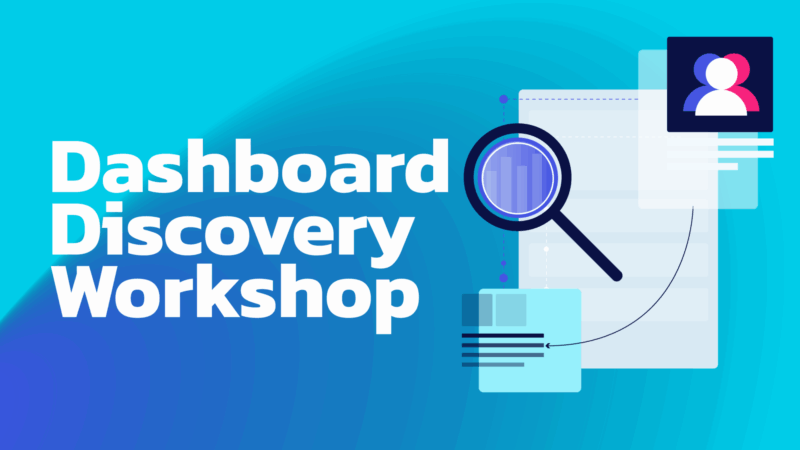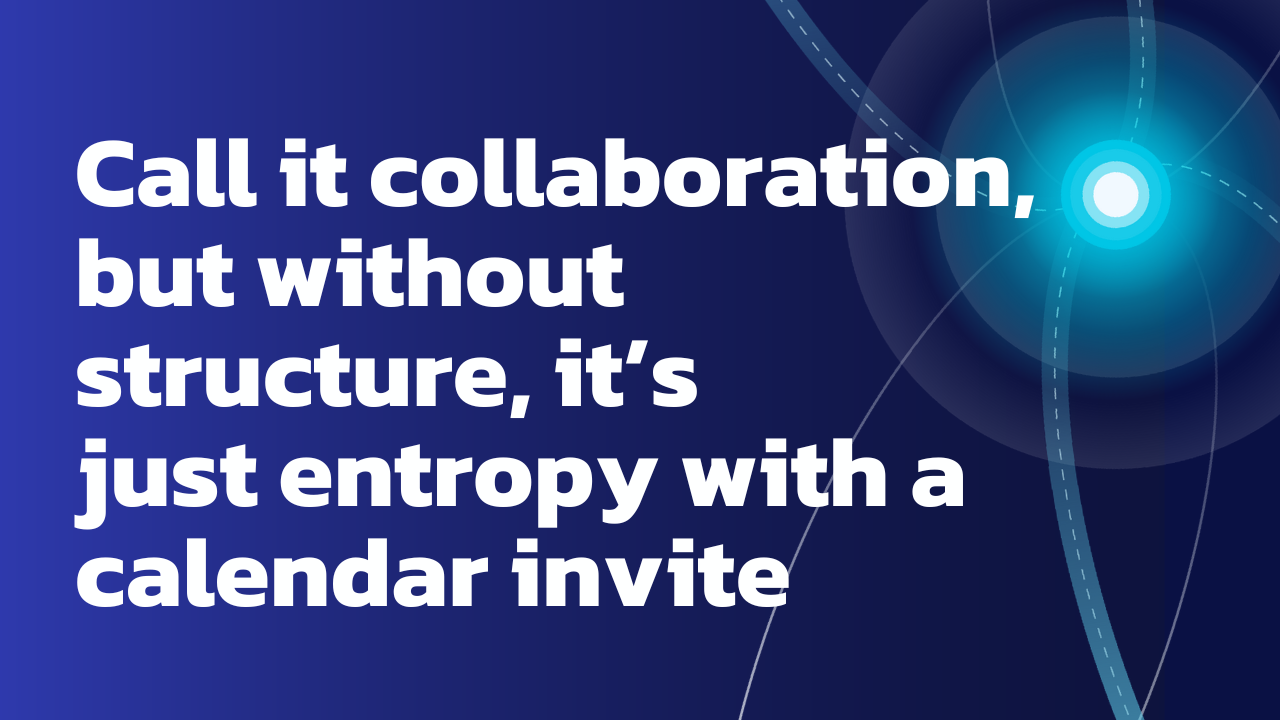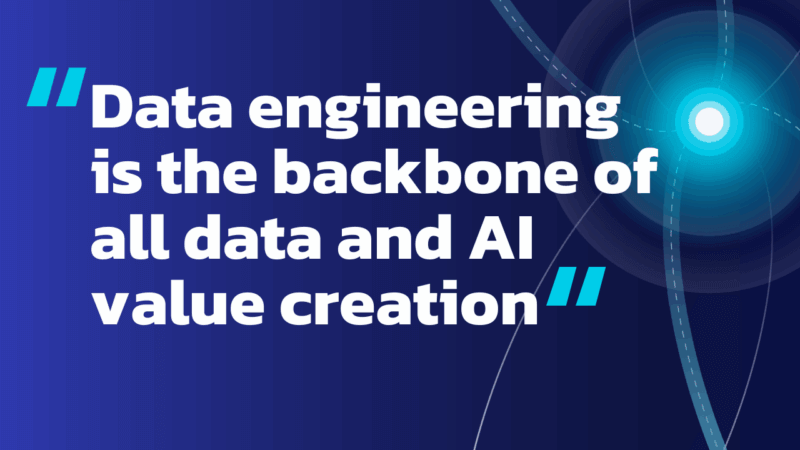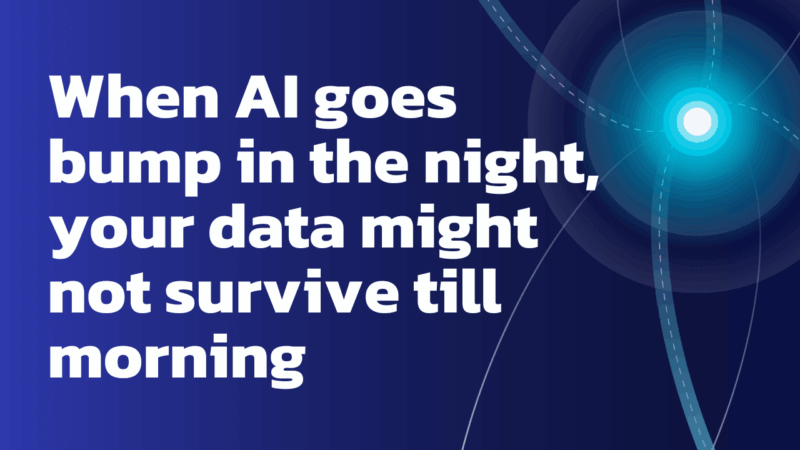Let’s be honest, most meetings suck. They drag on too long. They wander. They lack structure and often thwart engagement. They end up creating more confusion and busywork than action. And none of this is because you or your team are bad at what you do. It’s because meetings are rarely designed around how human brains actually function.
The Chaos Behind Most Meetings
The human brain is a noisy place. Get a dozen of them in a room, and you’ve gathered a symphony of distraction. Ideas spark, clash, overlap, and fade before they can take useful shape. A few people dominate while others mentally check out. The collective energy that could create alignment instead turns into chaos and boredom.
“We like to call it collaboration, but without structure, it’s just entropy with a calendar invite.”
The System Is the Problem
If your meetings are unproductive, you’re not alone. It’s a global phenomenon. Most of us were never trained to design, facilitate, or even properly attend meetings. We learn to schedule them and “run” them, but not how to architect a collaborative experience that generates meaningful results.
When you design a meeting with no structure, no intention, and no clear sense of what success looks like, you’re essentially hosting a group improv session without a script. Everyone’s doing their best, but the odds of real progress are slim.
The Good News: It’s Fixable
Here’s the thing: the problem isn’t you, it’s the system. And systems can be redesigned. When you apply intention, direction, and structure to how people come together, the results can be transformative. This isn’t management hype; it’s basic neuroscience. Humans crave predictability, direction, and purpose. When those conditions exist, collaboration gets easier, creativity flows, and meetings stop feeling like a tax on your time.
From Chaos to Collaboration
Shift your mindset from meeting to workshop. Workshops are structured, time-bound, and interactive. They’re designed to harness the messy brilliance of human collaboration instead of being steamrolled by it.
What changes? Clear objectives replace vague agendas. Timeboxes curb ramble-thon updates. Simple rituals invite broad participation. Lightweight frameworks channel ideas without derailing momentum. The room moves from “talking about” to “working on.”
What You Can Do About It
In Part Two of this piece, I’ll share specific, low-lift tactics to transform your very next session—from expectation-setting and engagement rituals to facilitation frames that keep energy high and outcomes concrete. Once you’ve felt a well-designed workshop, you won’t go back.


Want to see great facilitation in action? Join Jay Farias for his upcoming Dashboard Discovery Workshop, a live, hands-on session where you’ll learn how to transform dashboard design meetings into structured, collaborative problem-solving experiences.
Watch the teaser video on LinkedIn, then reserve your spot on the Dashboard Discovery Workshop page.






